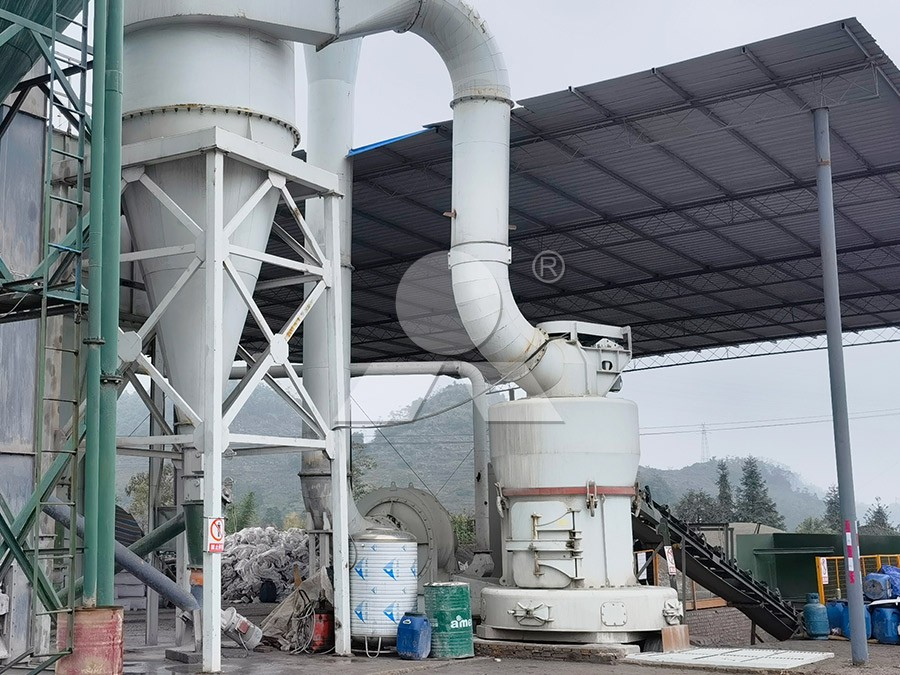Interpretation of Key Industry Standards for Mica Powder Production
Interpretation of Key Industry Standards for Mica Powder Production
In the world of industrial minerals, mica powder stands out for its unique properties—excellent dielectric strength, thermal stability, and a pearlescent luster that makes it invaluable across sectors like paints, cosmetics, plastics, and electronics. However, producing high-quality mica powder that meets stringent industry specifications is no simple feat. It requires a deep understanding of key standards governing particle size distribution (PSD), purity, brightness, and surface chemistry, all of which are directly influenced by the grinding technology employed.
The journey from raw mica flakes to a refined, consistent powder is fraught with challenges. Traditional grinding methods often fall short, introducing contaminants, generating excessive heat that degrades the mica’s structure, or failing to achieve the ultra-fine, narrow particle distribution demanded by premium applications. The heart of compliant production lies not just in the raw material but in the milling process itself.

Core Standards and the Technology to Meet Them
Key standards, often dictated by end-use industries, focus on several critical parameters:
- Fineness & PSD: The ability to consistently produce powder within a specific mesh range (e.g., 325 to 2500 mesh) with a tight distribution is paramount. A wide PSD can lead to inconsistent performance in final products.
- Iron Contamination: Perhaps the most crucial factor for high-grade mica is low iron content. Contamination from grinding media (like balls in a ball mill) can drastically reduce the whiteness and electrical properties of the powder, rendering it unsuitable for cosmetics or insulation.
- Whiteness & Brightness: The milling process must preserve the natural brilliance of the mica. Any introduction of impurities or overheating that causes yellowing is unacceptable.
- Eco-Friendly Operation: Modern standards increasingly require dust-free and low-noise production environments to protect workers and comply with environmental regulations.
This is where advanced milling technology becomes non-negotiable. For operations aiming for the top tier of quality, the MW Ultrafine Grinding Mill presents a compelling solution. Engineered specifically for ultra-fine powder production, it directly addresses these industry pain points. Its most significant advantage for mica is the absence of rolling bearings and screws in the grinding chamber. This design philosophy eleminates a primary source of iron contamination, ensuring the final product’s purity and brilliant whiteness are maintained.

Furthermore, the MW Mill’s German-designed cage-type powder selector allows for precise adjustment of fineness between 325 and 2500 meshes, ensuring a consistent and narrow particle distribution batch after batch. Coupled with its higher yield and lower energy consumption compared to jet or ball mills, it offers both quality and economic benefits. The integrated efficient pulse dust collector and muffler system ensures the entire production process is clean and quiet, aligning perfectly with modern environmental and safety standards.
Beyond Mica: A Versatile Performer
While ideal for mica, the need for versatile equipment is real. For operations processing a broader range of minerals like limestone, calcite, or barite at high capacities, the LUM Ultrafine Vertical Grinding Mill is another standout choice. It integrates ultrafine grinding, grading, and transporting into a single unit. Its unique roller shell and lining plate grinding curve are designed to generate a stable material layer, enabling a high rate of finished product in a single pass. This efficiency, combined with PLC control and multi-head powder separating technology, reduces energy consumption by 30%-50% while delivering exceptional product quality.
Both the MW and LUM mills exemplify how the right technology is not just about grinding; it’s about mastering the standards that define market quality. Investing in such equipment is an investment in product consistency, purity, and compliance, ultimately securing a competitive edge in the demanding industrial minerals landscape.

